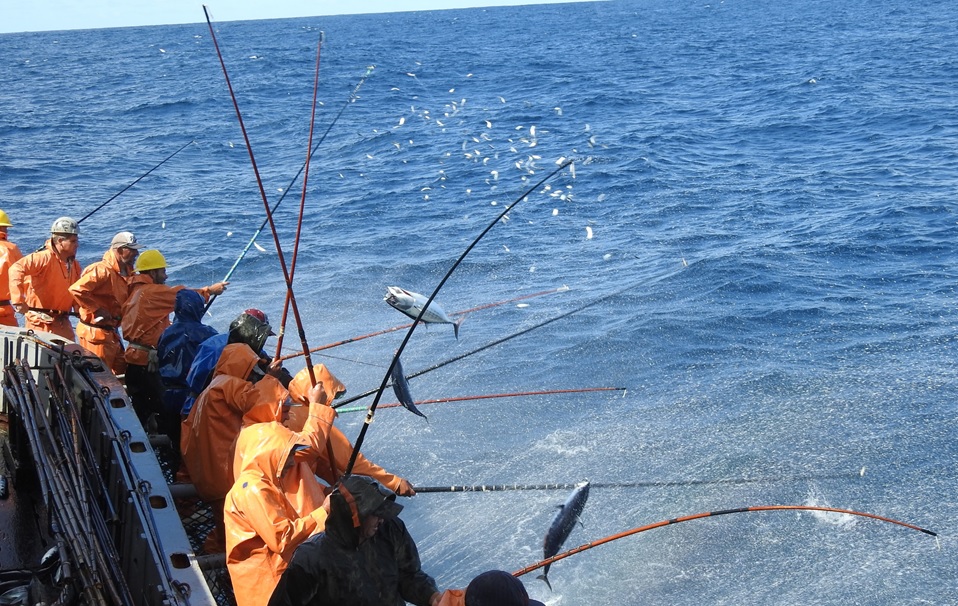
Brazil pole-and-line skipjack tuna

Location & History
Sustainable fishing has been in Brazil since the 1800’s and one-by-one fishing is a long tradition. In Brazil, Northern tuna fisheries use handline techniques and Southern fisheries use, majority pole-and-line. The main target species for these one-by-one fisheries is skipjack tuna and they operate out of Rio de Janeiro, Santa Catarina, and Rio Grande do Sul, which are also the home of the largest tuna canneries and export companies in the country. The Brazilian tuna fishing fleet includes 40 vessels and is the world’s fourth largest tuna producer using pole-and-line fishing techniques.
How is the Tuna Caught?
The skipjack tuna from this fishery is caught using traditional pole-and-line methods, using one hook on a line attached to a pole, catching one fish at a time. Once a school of tuna has been located, the boat sprays water onto the surface of the ocean to mimic the movements of small fish, which attracts tuna over to the boat. The line hooks are not baited, but fishers throw live fish, typically anchovy, into the water to start a tuna feeding frenzy. The crew will then lower their lines into the water and when a tuna gets caught on the hook, the fisher will haul the fish out of the water and onto the deck of the boat. The tuna is quickly removed from the hook, and the same hook and line are returned to the water to start again. This fishery is very selective, meaning that endangered species such as dolphins, turtles and sharks are highly unlikely to be caught, due to the one-by-one method and because fishing takes place at the surface, there is virtually no negative impact on different marine habitats. The most recent annual catch data showed that between 15 million and 25 million KG of skipjack tuna are caught from this fishery every year.
Unique Features
Historically, sardines were used as bait when hunting for tuna on pole-and-line vessels, however with a decline in stock numbers of the small fish, alternative species had to be used. Anchovies are now the preferred bait choice for pole-and-line tuna fishers across the Brazilian fisheries.
Gallery
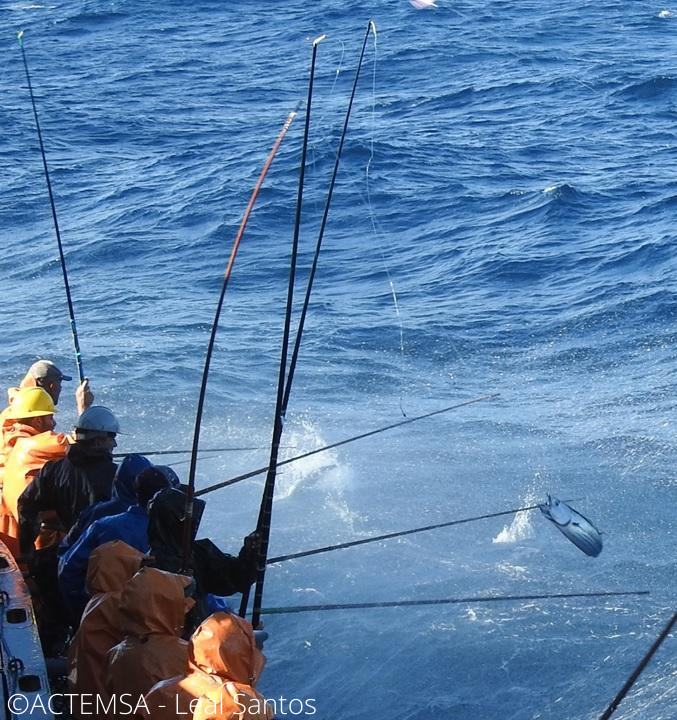
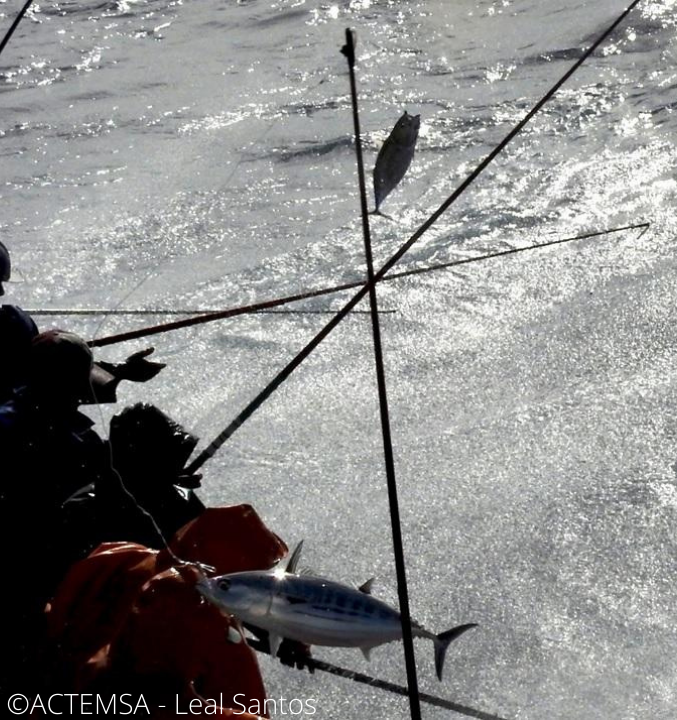
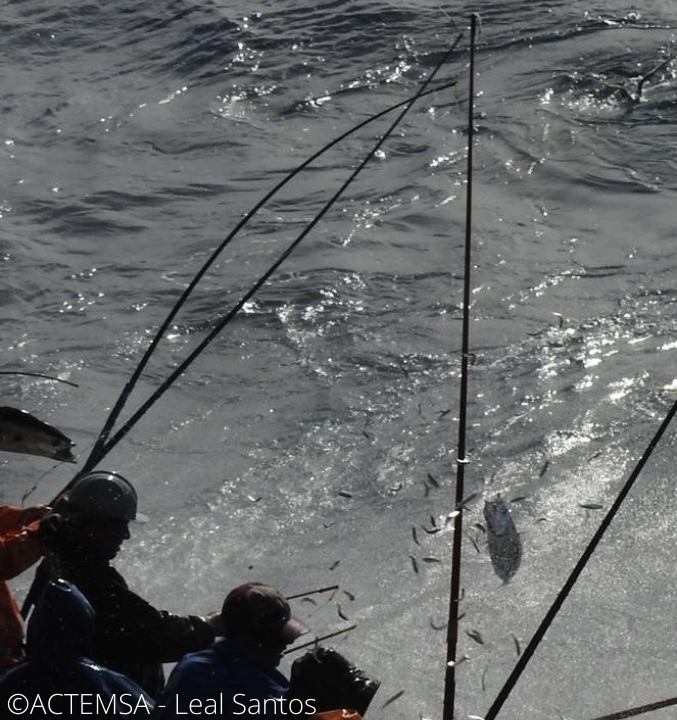

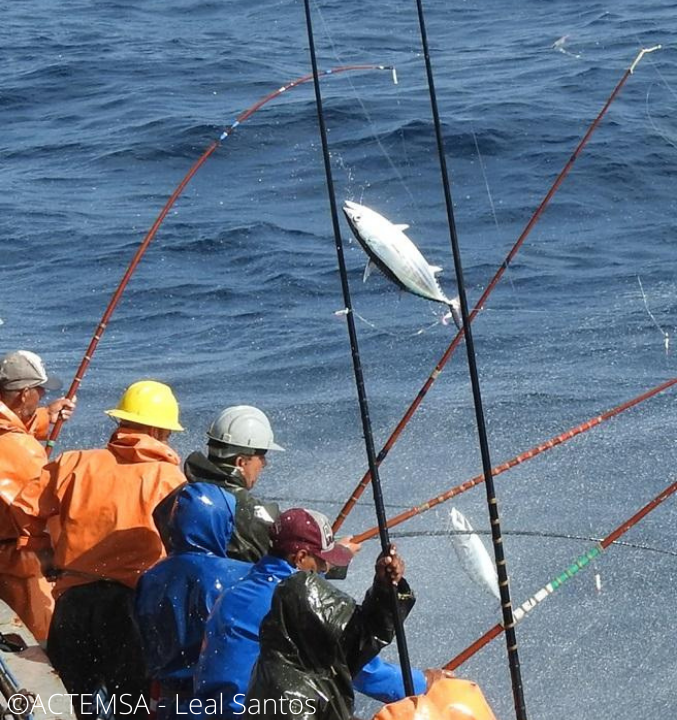
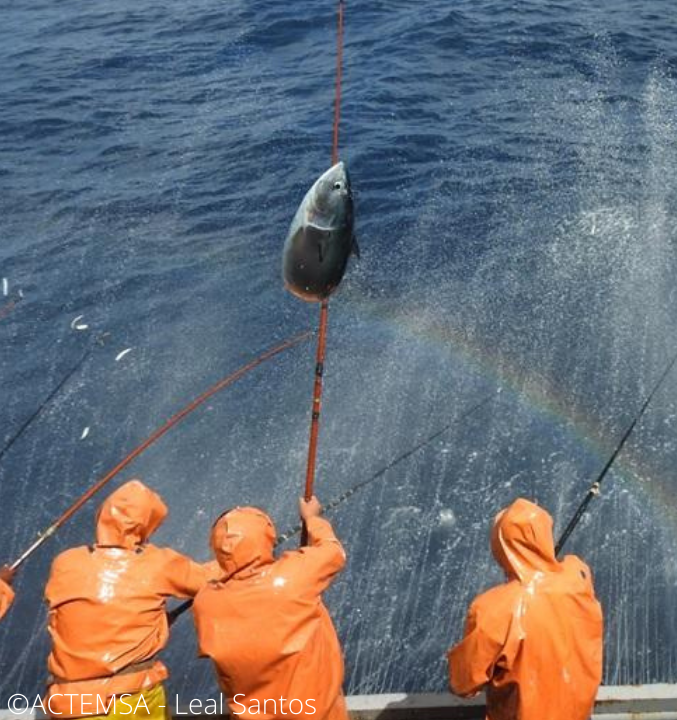
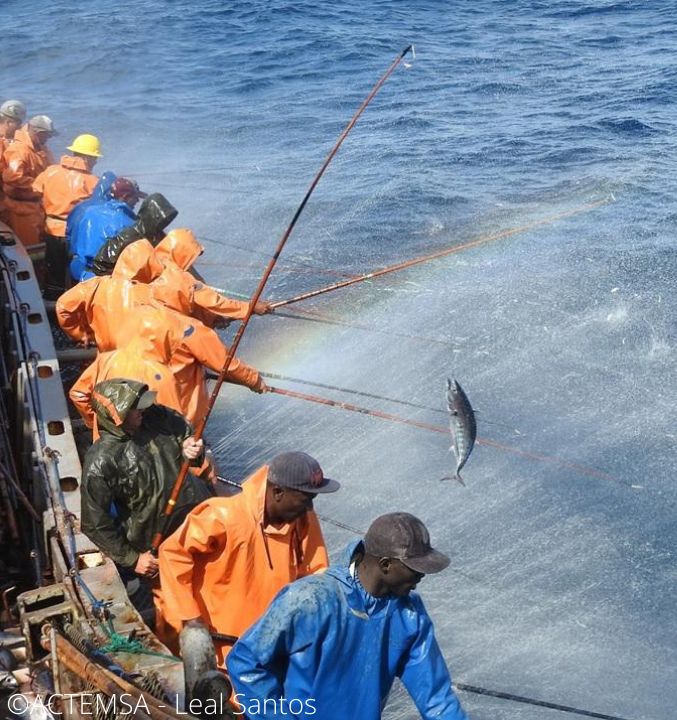
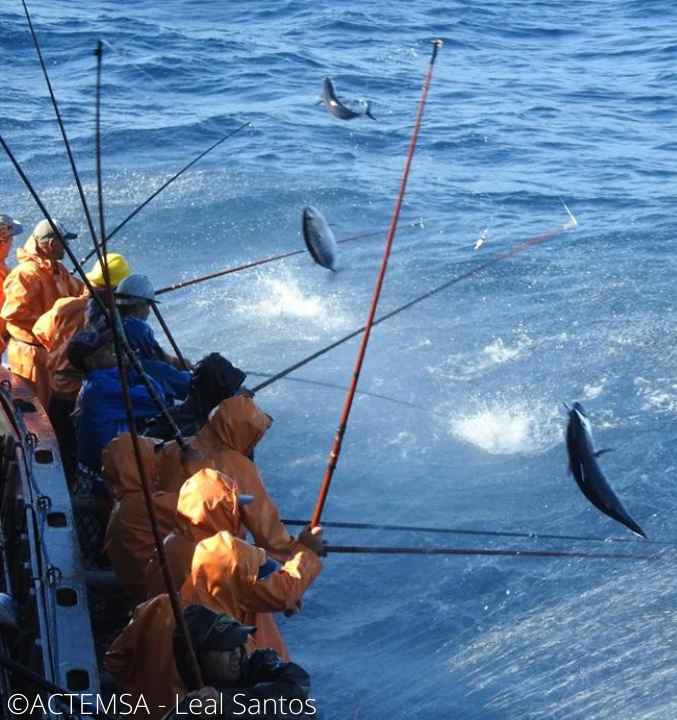
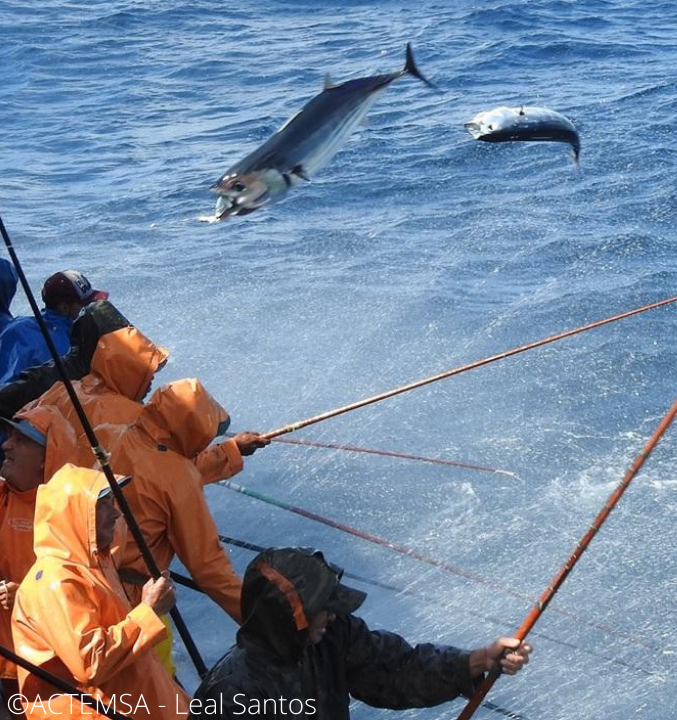
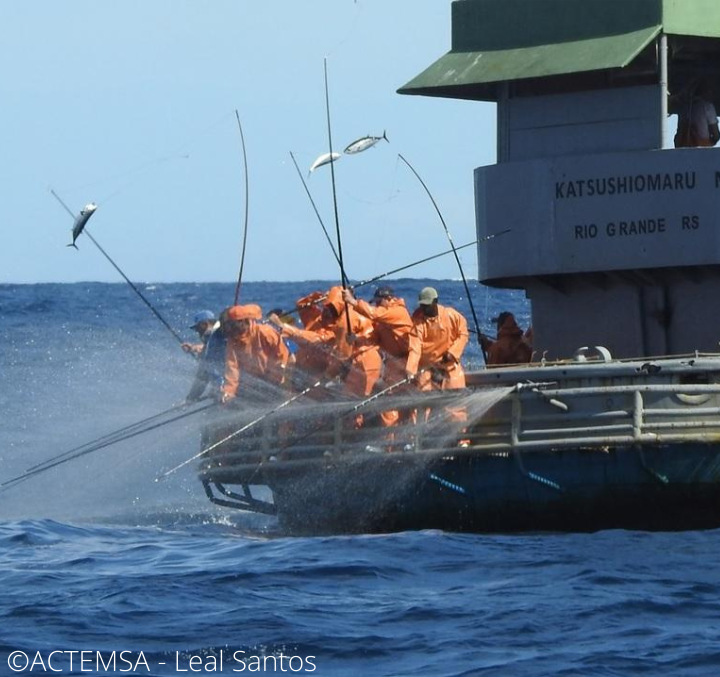
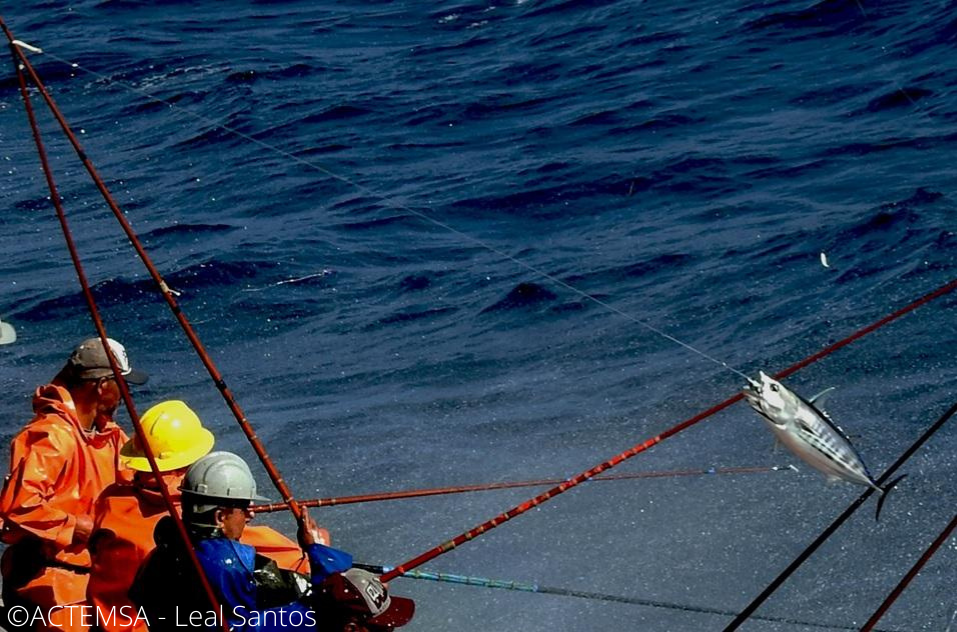
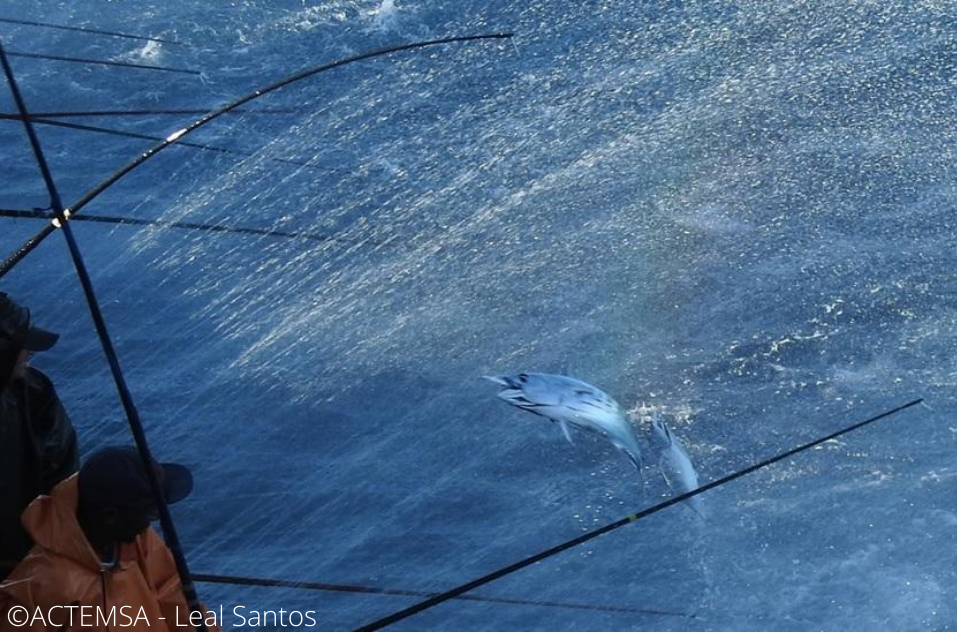
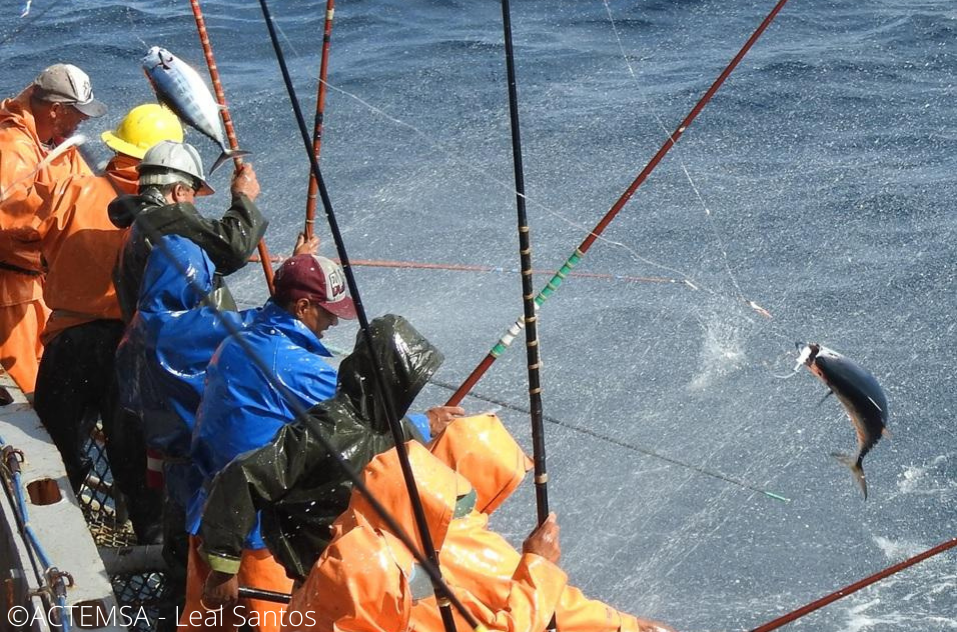

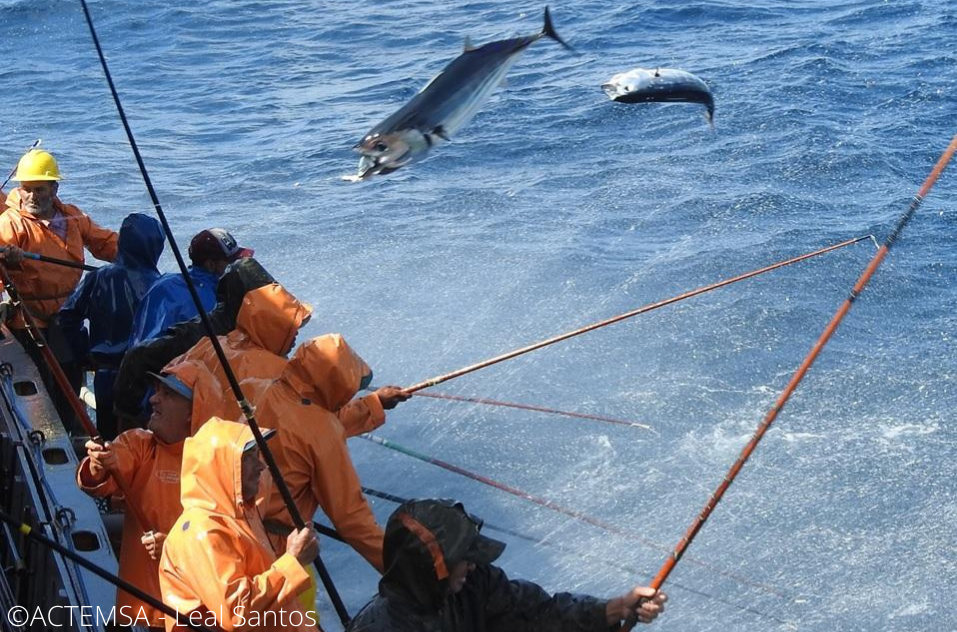

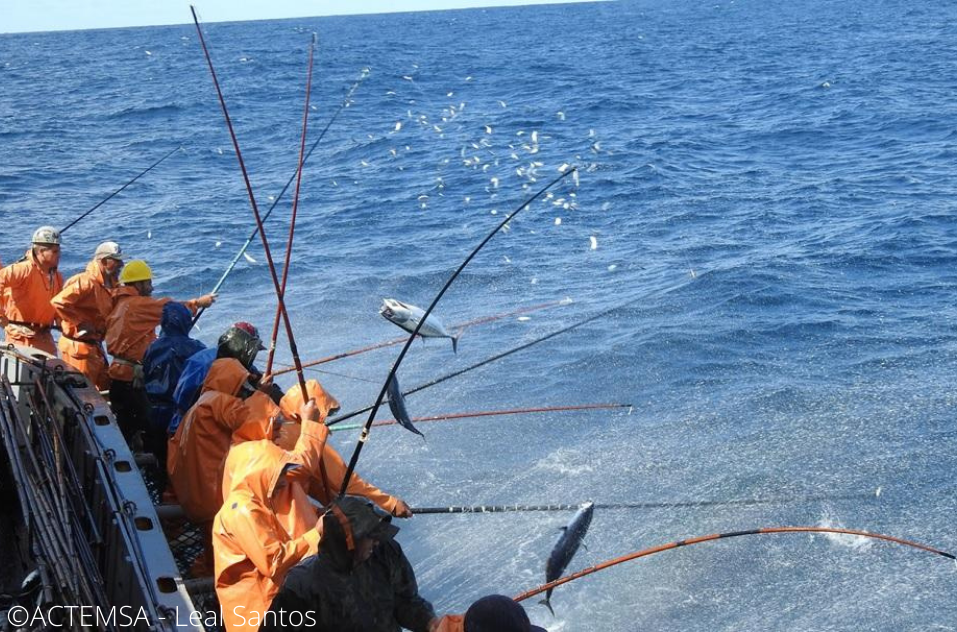
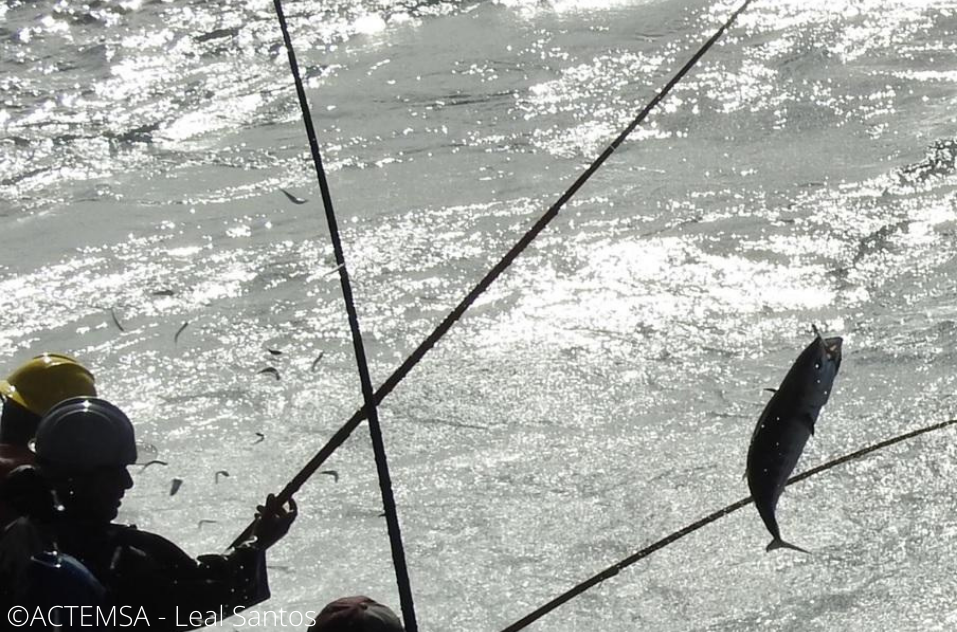
Typical Vessel
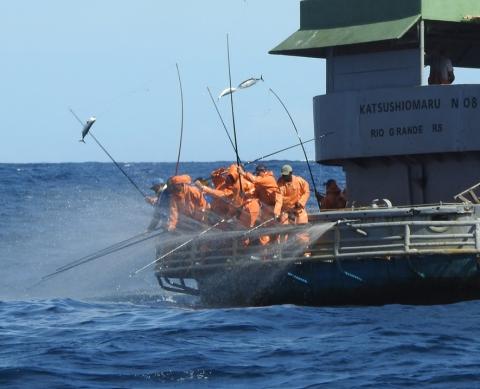
| Item | Value |
|---|---|
| Crew Size | 15 |
| Size Range (m) | 31 |
| Onboard Cold Storage? | Yes |
Fleet Capacity
-
16878t
- Annual Catch Volume (metric tonnes)
-
48
- Number of Vessels
Target Species
Skipjack Tuna
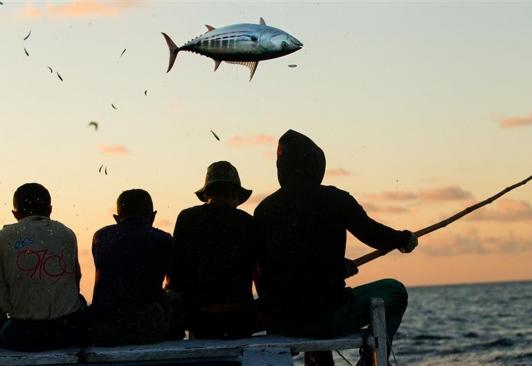
Fishing Gear
Pole-and-line
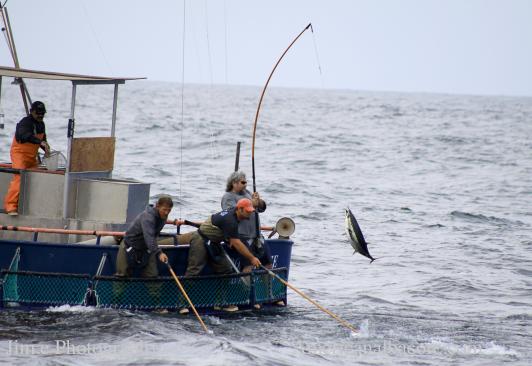
Traceability
Traceability systems are used in food supply chains to track a product from production to consumption. They assist with ensuring that standards and regulations are met throughout the supply chain, which is very important for products that travel across the globe, such as tuna.
Good traceability reduces contamination, disease, and spoilage. In the case of seafood, it also helps to maintain sustainable fish stocks in the oceans so we can keep enjoying tuna for years to come.
Most importantly, traceability provides transparency through the supply chain, allowing all parties including the consumer access to information about the products they are buying.
Open Tuna Initiative
As of May 2021, Brazil fishing vessels can now be tracked on the Open Tuna website, in order to combat some of the long-term ambuigity of Brazilian fisheries. Data entry of fish catch across Brazil has been minimal for the past decade due to difficulties with the transfer of written data to digital. The Open Tuna website has provided an easy way for fisheries to upload observer data, tuna catch data from albacore, yellowfin and bigeye fisheries, as well as disclose bycatch statistics, in order to improve the traceability of these fisheries.
Open Tuna is developed by Global Fishing Watch (GFW), an organisation that promotes traceability and transparency in the fishing supply chain. GFW was set up by Oceana, an international ocean conservation organisation; SkyTruth, experts in using satellite technology to protect the environment; and Google, who provide the tools for processing big data.
Find out more
Regional Fisheries Management Organisation
International Commission for the Conservation of Atlantic Tunas (ICCAT)
Regional fisheries management organisations (RFMOs) are international bodies formed to manage fish stocks in an oceanic area. They include several countries with fisheries operating in that area, and some focus on particular species such as tunas. They are established through international agreements and treaties. RFMOs typically collect fishery statistics, assess fish stock conditions, monitor fishery activity and make fishery management decisions.
The International Commission for the Conservation of Atlantic Tunas (ICCAT) is an RFMO that is responsible for the management of tuna and tuna-like species in the Atlantic Ocean. In 2016 ICCAT celebrated it’s 50th anniversary, and due to the wide range of countries it covers, it is known by 2 other names and acronyms: ‘Commission internationale pour la conservation des thonidés de l'Atlantique’ (CICTA), ‘Comisión Internacional para la Conservación del Atún Atlántico’ (CICAA).
Stock Status Reports
Skipjack Stock Status
2022-05-27The stock status of a fish species signifies whether a species is 'overexploited', 'fully exploited' or 'underexploited'. Different organisations use different parameters to assign these labels. For example, the Food and Agricultural Organisation of the United Nations (FAO) deems any species to have less than 40% of it’s ‘unfished biomass’ to be overexploited.
The aim of assigning stock status to a species is to ensure that catches are kept at a level where future catches will not be affected, in other words, to maintain a healthy, viable population of fish.
In addition to biomass, spawning potential, catch trend and size-age composition may be used to determine stock status. These are important factors to consider as some species are more resilient than others and have different ecological features. For example, skipjack tuna represent the healthiest tuna stocks globally, and reaching maturity at just 1 year of age they have a high reproductive rate. However, they often aggregate with juvenile yellowfin tuna which are important to avoid as juveniles will not yet have had a chance to breed.
National Reports
Brazil
2022-07-01National Reports are formal documents from members of the Tuna Regional Fisheries Management Organisation (tRFMO) in question. Each country that falls within the tRFMO must report on the state of their national fisheries in relation to the requirements of that tRFMO. They are normally presented to the annual Scientific Committee meetings by a credentialed head of delegation - considered national scientists. The tRFMO normally prescribes what the report should entail and how it should be structured, which would also include progress on key resolutions on conservation and management measures, and brief the ongoing scientific research of interest to the tRFMO.
